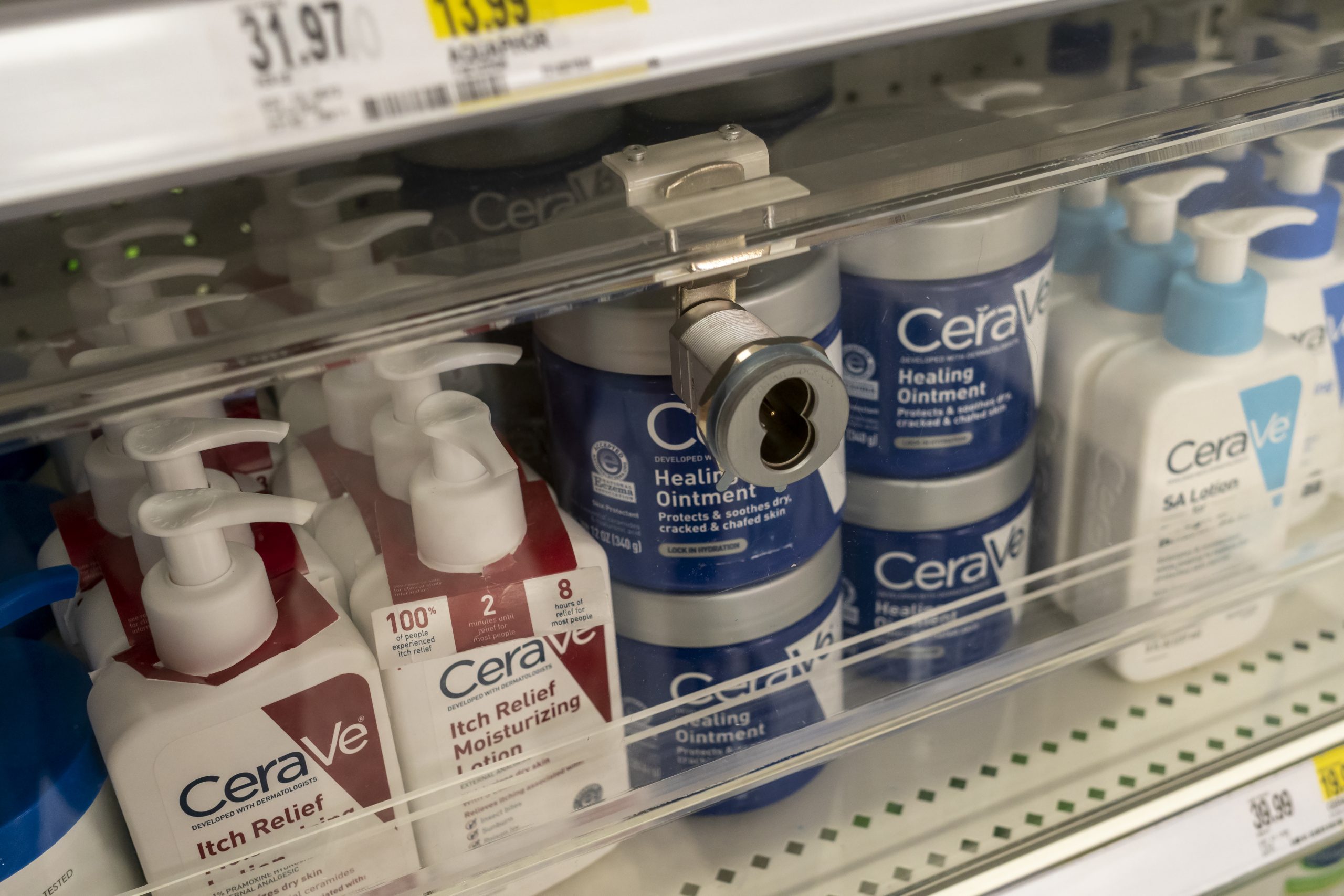
Chris Lange, FISM News
[elfsight_social_share_buttons id=”1″]
Police in Oregon recently made headlines for nabbing 11 suspects in a shoplifting sting in Hillsboro, part of a crackdown on rising retail theft.
It’s an issue around the Portland metro that only seems to be getting worse and one that is reflective of a broader crisis impacting cities across the U.S. It is also, unfortunately, just a drop in the bucket when it comes to the retail theft crisis affecting companies throughout the U.S., from mom-and-pop shops to retail giants and, ultimately, American consumers.
Stores lost an estimated $86.6 billion to retail theft in 2022, according to Capitol One Shopping Research. Given the current trajectory, theft losses are projected to cost stores more than $115 in 2025.
Walmart, Target, Home Depot, and Dick’s all reported upticks in retail theft in their second-quarter earnings reports this month.
Target CEO Brian Cornell said that the retailer is up against “an unacceptable amount of retail theft and organized retail crime.” Last November, Target CFO Michael Fiddelke said the company took a $400 million hit in its gross profit margin for the year due to theft.
Home Depot CFO Richard McPhail told shareholders in a Q2 earnings call that the company’s gross margin fell eight basis points from the second quarter last year, a loss “primarily driven by pressure from shrink” – an industry term for inventory loss – adding that this is something the company is forced to tackle “every day.”
Meanwhile, major retailer Dick’s Sporting Goods reported a 23% decline in quarterly profits, primarily due to theft. CEO Lauren Hobart called shrink “an increasingly serious issue impacting many retailers,” per Business Insider. It’s the first public reference the athletic goods retailer has made in nearly 20 years.
ORGANIZED RETAIL THEFT – THE CARTELS’ LATEST CRIMINAL ENTERPRISE
Organized retail crime is the driving force behind the bulk of these losses, which increased on average by 26.5% in 2021.
Retailers lost an estimated $94.5 billion nationwide to Organized Retail Crime (ORC) in 2021, according to a report published by the National Retail Federation in September 2022 that also linked ORC to Mexican cartels. Seventy percent of retailers said that ORC has become a more prevalent threat over the last five years.
The NRF describes ORC as “the large-scale theft of retail merchandise with the intent to resell the items.”
The cartels are sending in large groups to steal from retailers, often employing threats and acts of violence that put store employees and shoppers at risk. The stolen items are then fenced through multiple avenues for the purpose of funding “other illegal enterprises such as guns, drugs and human trafficking.”
“Organized retail crime is leading to more brazen and more violent attacks in retail stores throughout the country,” Steve Francis, acting executive associate director for Homeland Security Investigations, said in a November 2021 statement. “Many of the criminal rings orchestrating these thefts are also involved in other serious criminal activity such as human trafficking, narcotics trafficking, weapon trafficking, and more.”
Forbes recently noted that retail theft “is no longer an invisible act of concealing merchandise – brazen scofflaws are openly stealing from national retailers and local businesses.”
CONSUMERS PAY THE PRICE
Retailers are increasingly relying on raising the price of their merchandise in order to recoup losses at a time when American consumers are already struggling with inflation.
More and more stores have also resorted to displaying items for sale behind locked glass to protect their inventories.
Dollar Tree CEO called this an example of the kind of “defensive” approaches retailers are being forced to take, according to a Fox Business report.
“It goes everything from moving certain SKUs [stock-keeping units] to behind the check stand,” Dreiling said during the company’s latest earnings call. “It has to do with some cases being locked up. And even to the point where we have some stores that can’t keep a certain SKU on the shelf just discontinuing the item.”
Joe Budano, CEO of anti-theft technology company Indyme, told USA Today: “They’re locking stuff up like crazy today. Retailers are just throwing the kitchen sink at (the shrink issue) right now.”
LAWMAKERS TARGET THIRD-PARTY SELLERS
According to the Retail Industry Leaders Association, more than a dozen state attorneys general have launched organized retail crime task forces to coordinate investigations between retailers and prosecutors.
Congress also passed a law in June that tasked the Federal Trade Commission to come up with new baseline requirements for online marketplaces to collect, verify, and disclose some information about high-volume third-party sellers identified as having 200 or “more separate sales or transactions of new or unused consumer products and $5,000 or more in gross revenues” in any 12-month period.
“The industry is hopeful that requiring online marketplaces to collect, verify and disclose information about high-volume third-party sellers, marketplaces will finally evict bad actors from their platforms,” RILA Senior Executive Vice President of Retail Operations Lisa LaBruno said in a statement following the bill’s passage. “In turn, consumers can shop with more confidence that the products they purchase online are legitimate.”
To some, including former Home Depot CEP Bob Nardelli, these measures will fail to address the true source of the problem.
“This environment under this administration is fueling a lawless society and we’ve got to get this back under control. I fear where this is headed,” Nardelli said on “Cavuto: Coast to Coast” last Friday.
